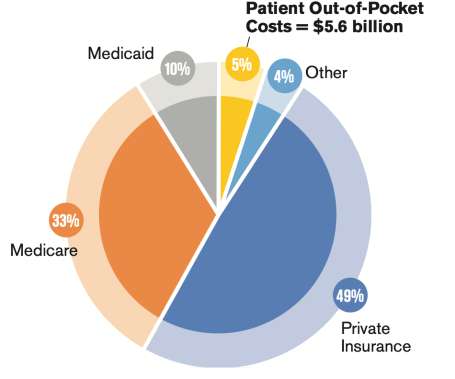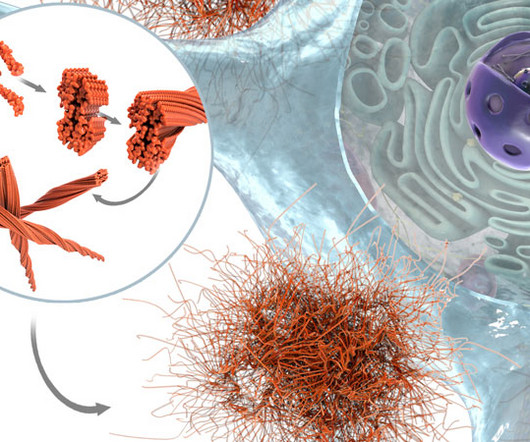Shorter timelines, evolving strategies: Four key trends in regulatory approvals of new medicines
Clarivate
AUGUST 2, 2022
Increased collaboration between regulatory agencies also appears to be having a positive impact on the roll out of new drugs. The following blog post summarizes key findings from the latest CIRS R&D Briefing, New drug approvals in six major authorities 2012-2021. FDA continues to approve the most NASs.












Let's personalize your content